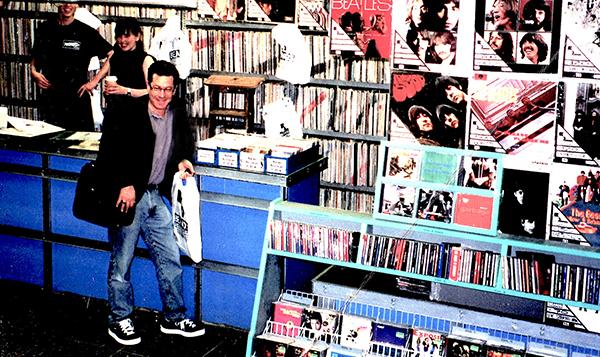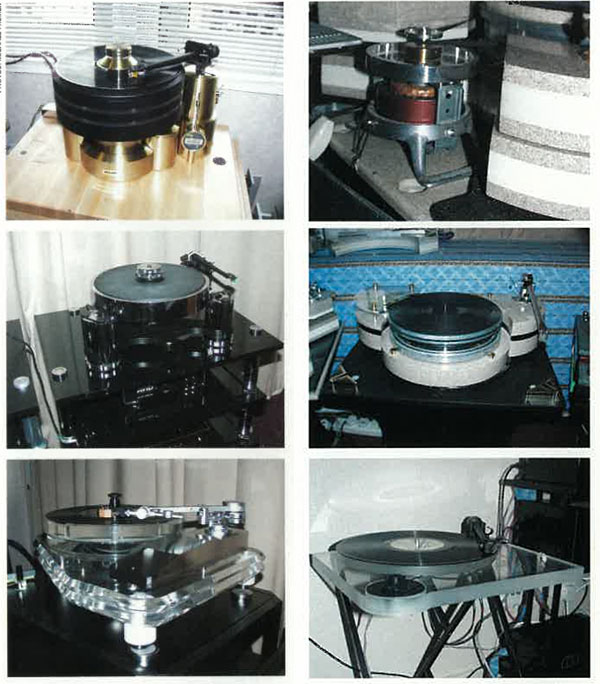Whatever happened to those small brands like Sivernote or Loth-X since? Looking at old reports such as this or thumbing through old audio yearbooks just demonstrates the plethora of brands that tried and failed. The attrition rate in this area is almost as bad as in the restaurant business.
Of course the Hi-Fi News Show itself ceased to be shortly afterwards only to be revived a few years ago. However it has now moved to a location out at Runnymead near Windsor which is impossible to get to by public transport. Still, keeps it exclusive.
Saddest of all was the demise of Beanos which closed around 2017 due to lack of custom. The owner tried re-purpose it as a craft market but that lasted only a handful of months. What a pity that they didn't manage to hang on for another couple of years and reap the benefit of the vinyl revival in full flow.




























































